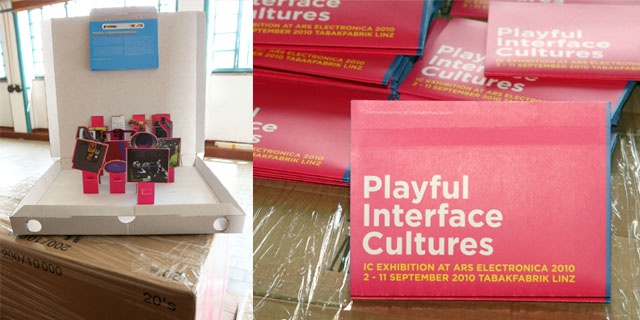A brilliant project at this years Ars Electronica was Merrick by Daan van den Berg. It shows a mutated IKEA lamp, together with images of the so called “Elephant Man” John Merrick. Van den Berg looks into a near future of customised design and on demand culture. Where everybody can easily print out his/her furniture on 3D printers – without getting it physically from the store. In this case something went wrong on the way: The artist infected the IKEA design files with a virus, letting it mutate, disfiguring the lamp like a case of Elephantiasis. The project is worth mentioning not only because of discussing topics of design in our digital age, but also because a digital virus is here infecting an everyday object, questioning a forthcoming hybrid space between the virtual and the real.
Interview: Peter Moosgaard
Kamera: Franziska Mayr-Keber
Schnitt: Christof Vonbank


Socialize